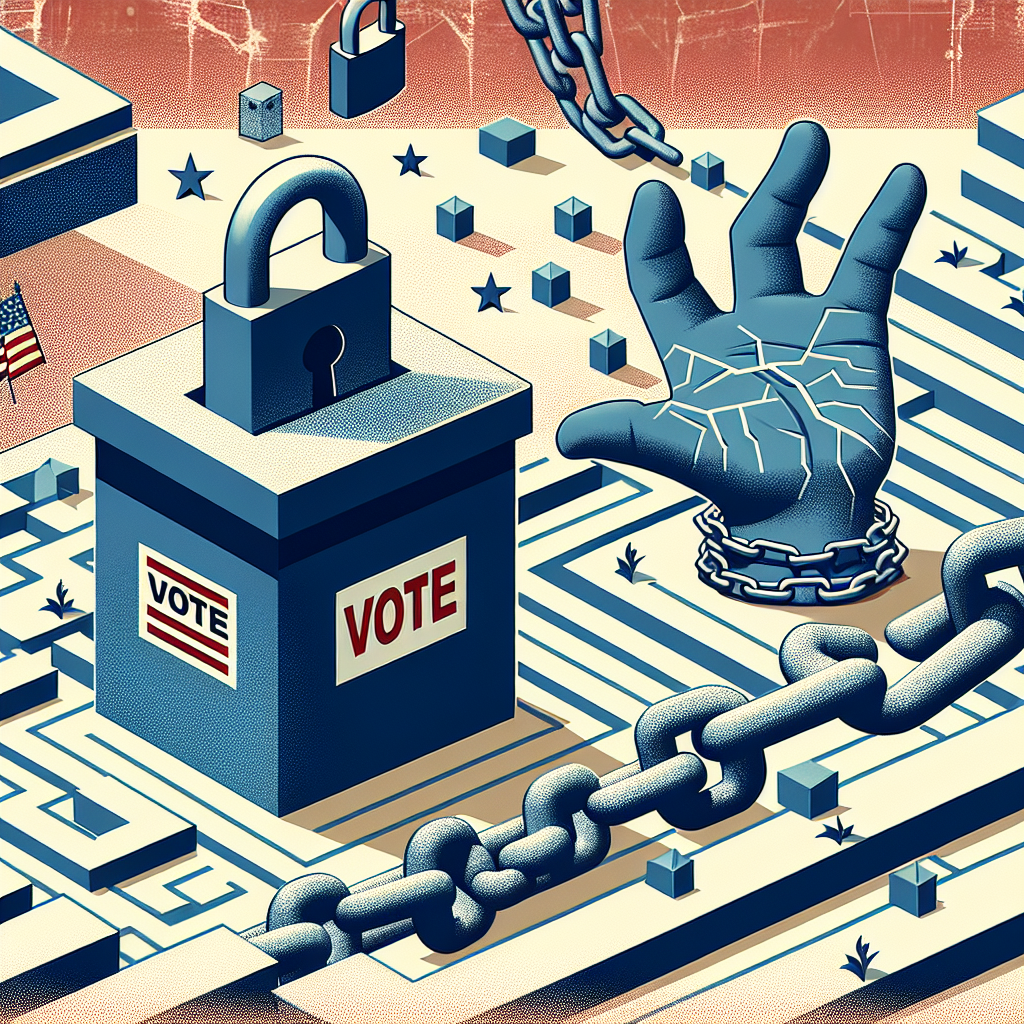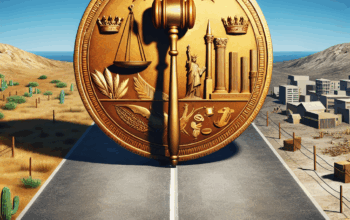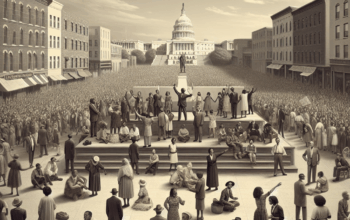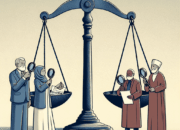Exploring the Challenges of Voter Suppression
Voter suppression remains a pressing issue in contemporary democracies, continuing to spark debates across the globe. In 2025, as elections approach in various countries, the challenges associated with ensuring fair access to the ballot box are more pertinent than ever. This article delves deep into the complexities of voter suppression, exploring the tactics employed to disenfranchise voters, the impacts on society, and the ongoing fight for electoral rights.
The Nature of Voter Suppression
Voter suppression encompasses a range of strategies aimed at preventing specific groups from voting. These tactics can manifest in various forms, from strict voter ID laws and limited polling locations to misinformation campaigns. For instance, in the United States, several states have enacted stringent laws that disproportionately affect marginalized populations, including people of color, low-income individuals, and young voters. The complexity of these laws can confuse would-be voters who may not fully understand the requirements needed to cast their ballots on election day.
The intent behind voter suppression often lies in efforts to influence election outcomes by limiting the electorate’s diversity. Studies have suggested that certain voter suppression measures drastically reduce turnout among minority groups. In the 2024 elections, data indicated that minority turnout plummeted in areas where restrictive voting laws were enacted, further illustrating how such tactics can undermine democratic processes and perpetuate systemic inequality.
The Historical Context of Voter Suppression
Understanding the current landscape of voter suppression requires a look back at its historical roots. The Voting Rights Act of 1965 was a landmark piece of legislation aimed at eradicating discriminatory practices that prevented African Americans from voting. While this act significantly increased voter registration and participation, subsequent legal challenges have eroded many of its protections. In 2013, the Supreme Court’s ruling in Shelby County v. Holder weakened the federal government’s ability to monitor changes in voting laws in jurisdictions with a history of discrimination, leading to a resurgence of voter suppression tactics in many states.
As we advance into 2025, the repercussions of this historical context persist. Advocacy groups have highlighted how modern tactics echo those from the civil rights era. For example, gerrymandering—manipulating electoral district boundaries to favor one party—has reemerged as a significant issue. These historical patterns suggest that without vigilance and proactive measures, the fight against voter suppression remains an ongoing struggle.
The Impact of Voter Suppression on Elections
The ramifications of voter suppression extend beyond individual disenfranchisement; they impact the electoral landscape as a whole. When certain populations are systematically barred from voting, the resulting skew in representation can lead to policies that do not reflect the will of the populace. This misalignment often exacerbates existing inequalities, as marginalized communities are denied their rightful influence over decisions that affect their lives.
Moreover, the psychological effects of voter suppression can be profound. When individuals experience barriers to voting, it may foster a sense of disenfranchisement, discouraging future participation in the political process. As reported in various surveys conducted in 2024, many potential voters expressed feelings of frustration and apathy, believing their votes would not matter due to the overwhelming obstacles faced. This cycle of disenfranchisement can erode the very foundations of democracy, leading to lower civic engagement and decreased accountability for elected officials.
Grassroots Movements and Legal Challenges
In response to the challenges posed by voter suppression, grassroots movements have mobilized to combat disenfranchisement and advocate for equitable voting rights. Organizations such as the NAACP, ACLU, and various local coalitions have been instrumental in raising awareness and pushing for reforms. Their efforts have included voter registration drives, educational campaigns, and rallies aimed at galvanizing public support for voting rights legislation.
Legal challenges have also played a crucial role in the fight against voter suppression. In the past few years, numerous lawsuits have been filed in an effort to overturn restrictive voting laws. For instance, a series of cases brought forth by civil rights groups in 2024 successfully challenged voter ID laws in multiple states, emphasizing their discriminatory nature. These litigations underscore the critical importance of the judiciary in protecting voting rights and maintaining the integrity of democratic processes.
Future Prospects for Voter Rights
Looking ahead to 2025 and beyond, the future of voting rights remains uncertain yet hopeful. As awareness of voter suppression grows, there has been an increasing push at both state and federal levels to implement reforms designed to enhance accessibility. Proposals such as automatic voter registration, mail-in voting, and expansive early voting options are gaining traction as viable solutions to counteract suppression tactics.
Furthermore, technological advancements present both challenges and opportunities in the realm of voting. While concerns about election security and misinformation persist, innovative solutions—such as blockchain technology for secure voting and improved voter education initiatives via digital platforms—could help create a more inclusive electoral process. The challenge lies in ensuring these technologies are equitably accessible to all voters, particularly those in traditionally underserved communities.
In the battle against voter suppression, ongoing advocacy, legal action, and community engagement will be essential in safeguarding democratic rights and ensuring that every individual’s voice is heard at the ballot box.
Conclusion
As we navigate the complexities of the political landscape in 2025, the challenges of voter suppression remain a paramount concern. With historical roots intertwined with contemporary tactics, the fight for equitable voting rights is more crucial than ever. Through grassroots movements and legal challenges, advocates continue to push for reforms and protect the integrity of the electoral process. By understanding and addressing the challenges posed by voter suppression, we can work towards a more equitable democracy that upholds the rights of every citizen.
FAQs Section
What is voter suppression?
Voter suppression refers to strategies and tactics that aim to prevent specific groups of people from exercising their right to vote. These may include restrictive identification laws, limited access to polling places, and misinformation campaigns.
How does voter suppression affect elections?
Voter suppression can drastically reduce turnout among targeted populations, which skews electoral representation and leads to policies that may not reflect the electorate’s true preferences. This undermines the democratic process and perpetuates systemic inequality.
What are some common tactics used in voter suppression?
Common tactics include strict voter ID laws, purging voter rolls, limiting polling locations and hours, and spreading misinformation about voting procedures and requirements.
What can be done to combat voter suppression?
Combating voter suppression requires a multi-faceted approach, including grassroots activism, legal challenges to discriminatory laws, public awareness campaigns, and advocacy for legislative reforms aimed at enhancing access to voting.
Why is it important to address voter suppression?
Addressing voter suppression is crucial for ensuring fair representation, protecting democratic processes, and allowing all individuals to have a voice in decisions that impact their lives and communities.












